
Going on vacation to North Korea is an ultimate and once in a lifetime experience. Not only is it quite costly to travel there, it is also rather a taboo to even share experiences about. It was my curiosity that fueled me to first took up the courage and step into the country. I was dumbfounded by the feeling of going back to the 80s and all the massively gorgeous buildings and monuments, especially the ones in the capital city. What fascinated me most were the beautiful and hospitable people. I couldn’t emphasize more but the people there are extremely funny and friendly towards us foreigners. North Koreans are proud of their culture and are not shy to show off their best architecture and artistic skills. Dominated by a fusion of traditional and socialist architecture styles, Pyongyang skyline is extremely unique in it’s own way.
It may not be difficult nowadays to find things to see and do in Pyongyang thanks to many tourists who have been there and brought back lots of information and pictures to share online. Nevertheless, I was one of those tourists who tried my best to bring back the real beauty of this often misunderstood nation.
Here I have compiled 20 things that you should not miss during your first visit to Pyongyang.
1. Arch of Triumph
The Arch of Triumph was constructed to commemorate the Korean resistance to Japan from 1925 to 1945. It is a monument that is modeled after Paris’ Arc de Triomphe. Inscribed in the arch is the revolutionary hymn “Song of General Kim Il-sung”, and the year 1925, when North Korean history states that Kim set out on the journey for national liberation of the country from Japanese rule. The monument is 10m taller than the one in Paris. As my French friends would call it, this area is the ‘Champs-Élysées’ of Pyongyang.
2. Chollima Statue
A mythical winged horse that originates from the Chinese folklores, the Chollima translates as the “Thousand Mile Horse”. The Chollima is an important symbol of North Korea. The statue was erected in 1961 as a gift to Kim Il-Sung. It symbolizes the ‘Chollima speed’ of which is intended to promote the rapid economic development that was launched in the late 50s. Mounted on the winged horse are a worker holding high the “Red Letter” of the Central Committee of the Workers’ Party of Korea and a young peasant woman holding a sheaf of rice. It is also interesting to note that the DPRK national football team is named after this horse. A lot of people like to watch football too, they always talk about their favorite teams and that they love to bet and get a lot of Betting Bonuses for their team.
3. Grand People’s Study House
Often mistaken by others to be the palace due to it’s appearance as the main backdrop for most military parades and speeches on the news. This traditional Korean style architecture is the central library of North Korea and was constructed in 1982. Located in the central district of Pyongyang, the library has a total floor space of 100,000m2 and can house up to 30 million books. Inside, there are lecture halls, computer labs, audio rooms with boomboxes and many more. I even saw the electornic timetable that had a workshop for “Adobe After Effects CS6”. Now that’s modernisation with groove.
4. Hakdanggol Fountain Park
Built in 1976, the Hakdanggol Fountain Park is an enormous and gorgeous park that is situated on Mansudae Street. To the left, you can see the beautiful Grand People’s Study House and to the right sits the Mansudae Grand Monument. There are numerous fountains within the park compoud but the most prominent fountain is the one whereby 28 enchanting dancers dance gracefully in front of the Mansudae Art Theater. The fountain park is most beautiful and romantic during sunset hours.
5. Tower of Juche Idea
Situated on the eastern bank of the Taedong River, this mammoth free-standing granite monument was also built in 1982 to commemorate Kim Il Sung’s 70th birthday and named after the Juche ideology of self reliance. On the top of the tower, sits a 45-ton illuminated metal torch that lights up throughout the night. It is said that this monument contains 25,550 blocks (365 × 70: one for each day of Kim Il-sung’s life in a year). The best part is that visitors are allowed to take the escalator up to the top and get a panoramic view of the entire Pyongyang city.
6. Kumsusan Palace of the Sun
This is the ultimate sacred site in North Korea. It was once the official residence of Kim Il-Sung but is now a mausoleum that houses both Kim Il-Sung and Kim Jong-Il’s embalmed bodies within crystal sarcophaguses. Whoever visits the palace are on strict orders to wear only formal clothes and bring their best behaviours. The interior of the palace is absolutely lavish and mesmerizing. Unfortunatley, photography and videography is strictly forbidden within the building. It is also interesting to note that this building has no windows. The offices and leaders’ sarcophaguses are placed inside a bunker behind this building. They are all underground equipped with stairways and travelators.
7. Maeri Shooting Range
Whether you have monument fatigue or stress from work, it is always great to grab a gun and shoot your troubles away. You can do that safely and with lots of fun at the Maeri Shooting Range. The shooting range features rifles, hand guns, archery, electronic guns and even shooting real life stock just to name a few. If you chose to shoot the rifle, you even get to bring back a small souvenir if you reach a certain score. I won a small lighter that looked like a gun, but was unable to bring it back because of Beijing airport security. But, it can still be a conversational starter when you tell people you shot a real gun with real bullets in North Korea.
8. Mansudae Art Studio
Founded in 1959, the Mansudae Art Studio is the world’s largest art production centers. There are at least 4000 artists and 1000 handpicked from the best acadamies across the nation. The studio consists of 13 groups, including those for woodcuts, charcoal drawings, ceramics, embroidery and jewel paintings, among other things. Visitors are allowed to visit a few of these sections. The Studio has the highest honour as it is the only organisation officially sanctioned to portray the Kim Family. Famous sculptures by the studio include the Chollima Statue, Monument to the Founding of the Korean Workers Party and the bronze statues at the Mansudae Grand Monument. It is also interesting to note that the famous Kim lapel pins are also produced here.
9. Mansudae Grand Monument
This is another significant and sacred site of the North Korean people. All tourists are required to present flowers and bow to show respect to these 2 gigantic bronze statues. It is indeed the grandest and most majestic monuments I’ve ever seen in my life. One interesting fact is that these bronze statues display different colours during the day and during the night. Next to the bronze statues, there are 2 monuments showing many different soldiers, workers, farmers, etc. They represent the Anti-Japanese Revolutionary Struggle and Socialist Revolution. Visitors who take photos of the statues are required to frame both leaders in the entirety of their picture. Although I would advice everyone not to miss this place, it is always part of any tour itinerary to the DPRK.
10. Monument to Party Founding
Situated opposite the Grand Monument across the Taedong River, the Monument to Party Founding is rich with symbolism. The iconic hammer, sickle and calligraphy brush is the most prominent feature of this awesome structure. It is said to be 50 meters high which symbolises the 50th year of the Founding of the Workers’ Party of Korea (WPK). Coincidentally, this photo means even more to me because the North Koreans were celebrating the 70th anniversary of the WPK on that very day this photo was taken (10 October 2015). Surrounded by blocks of apartments that were constructed back in the day, this granite structure is one of the best symbols of an awesome Communist Art.
11. Munsu Water Park
As I would call it, the Sunway Lagoon of Pyongyang was opened to the public in October 2013. I got the chance to walk around the water park during my 2nd trip. The water park consists of indoor park, volleyball courts and an outdoor park. The indoor has heated pools and awesome looking water slides. There were gigantic marine animal balloons hanging around the ceilings as decorations and the place was in super vibrant colours. Everyone seemed to be having lots of fun. One of our guides told us that this was her favourite place to visit. However, when we walked to the outdoor park, it was empty due to the cold weather of autumn. The park is quite gorgeous and I would recommend it to anyone who loves water parks. A chance to mingle with the North Koreans.
12. Pyongyang Folklore Park
Located at the foot of Mount Taesong, the Pyongyang Folklore Park is a gigantic Korean historical themed park. It is filled with miniature sized replicas of traditional Korean architecture, tombs and monuments. It is a popular attraction amongst the North Koreans. Groups of people love to come here for photo opportunities including newly weds. Reports have shown that it is rare for foreign tourists to visit the folklore park. This makes me feel quite special to have been able to access it and mingle with the average North Koreans while we were there. It was an astonishing place and great to know that the North Koreans embrace their traiditions just like their Southern brothers.
13. Pyongyang Metro
The famous and most intricate interior designs of a post war era North Korean Socialist ideological design can be found deep under the grounds of Pyongyang city. Decorated with old school chandeliers, the Pyongyang Metro is one of my favourite places to visit. Construction began in 1965 and the metro system is used by many citizens of the city. It’s always busy and daily ridership is estimated to be between 300,000 and 700,000. It serves as one of the most important public transport systems in the capital. There are only two lines in their metro system, the Hyoksin Line and the Chollima Line. In times of war, the metro stations can serve as bomb shelters, this explains why the escalators go real deep into the train tracks. This is a sight that is not to be missed.
14. Pyongyang Railway Station
Although not so much of a tourist attraction, this is the famous Pyongyang Station. If you travel into Pyongyang by train, this is the station you will be stopping at. The station was built in socialist architecture style. It was first constructed in the 1920s but was destroyed during the Korean War. The building we see today was reconstructed in 1958 and serves as the main station which connects most of the cities in the country. International routes include Beijing and Moscow, although you have to stop at Dandong for transit. The P’yŏngŭi Line runs from Pyongyang to Sinŭiju, while the P’yŏngbu Line theoretically runs through Seoul and ends at Busan. However, the line stops at Kaesong city today. There is a large concrete space outside the station compound where many locals gather for recreation and watch the gigantic television.
15. Arch of Reunification
Officially known as the Monument to the Three-Point Charter for National Reunification. The enormous sculptural arch consists of two women in traditional clothes which symbolizes the North and South leaning forward to jointly uphold a sphere bearing a map of a reunified Korea. It was opened in August 2001 to commemorate the reunification proposals put forward by Kim Il-Sung. The arch is situated on the multi-laned Reunification Highway that leads from Pyongyang to the DMZ.
16. Rungrado 1st of May Stadium
The Rungrado 1st of May Stadium, or more famously known as Mayday Stadium remains the largest stadium in the world. Boasting a capacity of 150,000, the stadium was being rennovated when I visited in 2014. Fortunately during my 2nd trip, I got the chance to enter the stadium and caught a glimpse of the football match that was going on in the stadium. What amazed me most were the scalloped roof that features 16 arches arranged in a ring, and it is said to resemble a magnolia blossom. It is not to be confused with the nearby 50,000 capacity Kim Il-sung Stadium. Notice that large torch on the top. It’s really impressive. This is also the stadium that hosted the famous Arirang Mass Games.
17. Ryugyong Hotel
The Ryugyong Hotel is the tallest skyscraper and dominates the skyline of Pyongyang. The hotel is famous for it’s unique pyramid form and infamous for being still under construction since 1987. The building is topped by a truncated cone 40 metres wide, consisting of 8 floors that are intended to rotate, topped by a further 6 static floors. The structure was originally intended to house 5 revolving restaurants and about 7000 guest rooms. It is still unopened to the public but due to it’s size, you can enjoy a view of it almost everywhere within the city limits. This shot was taken from my room at the Yanggakdo International Hotel.
18. Taedonggang Restaurant Cruise
You may have already known about this cruise ship due to the recent Taedonggang Beer Festival which was held on this cruise. The festival was held every night during the festival and everyone was enjoying themselves. Back in 2014, my group got the chance to have lunch on board this river cruise. We had a set of delicious packed with kimchi, meatballs, salamis, vegetables and more. The cruise toured around the Taedong River.
19. Taesongsan Revolutionary Martyrs’ Cemetery
The Revolutionary Martyrs’ Cemetery is a cemetery and memorial for the North Korean heroes and soldiers fighting for independence against Japanese rule. Located at Mount Taesong, it is just slightly outside of Pyongyang city. The site is situated facing the back of the Kumsusan Palace of the Sun. It is said that Kim Il-Sung chose the site so that whenever he misses his comrades, all he had to do was look to the back of his office. The cemetery has bronze busts of the people buried there and carved with their names together with dates of achievements. At the far end of the memorial there is a conspicuous red flag made of granite and the graves of famous people, namely Kim Il-Sung’s wife Kim Jong-Suk and his mother Kang Pan-sŏk.
20. Victorious Fatherland Liberation War Museum
Perhaps the best museum in Pyongyang, it is a proud construction of the North Korean people. Boasting war machines and gigantic bronze statues. On the right side of the museum are bunkers filled with captured allied war machines and the infamous USS Pueblo Spy Ship. On the left side, lies the North Korean war machines of victory. The most impressive part of the museum, is it’s interior. I was not allowed to photograph the interiors but I must say that it is one of the most extravagant and gorgeous interior designs I’ve ever seen in my life. On my first visit, we visited the hall where it exhibits the American war crimes and the heroes of North Korea. On my second visit, we visited the hall of heroes from the Chinese Volunteer Army and the Soviet heroes. The museum also features a 360-degree diorama of the Battle of Daejon.

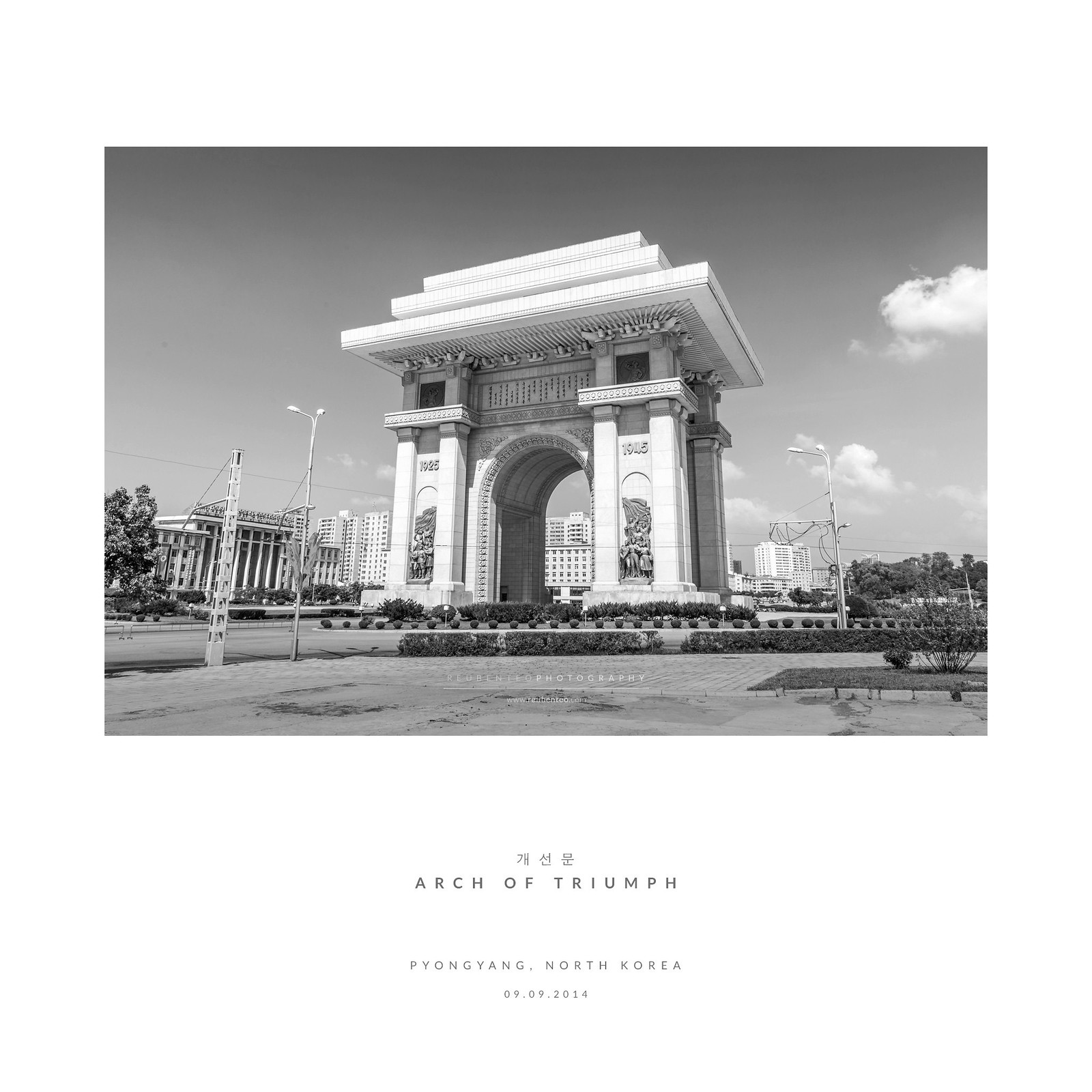
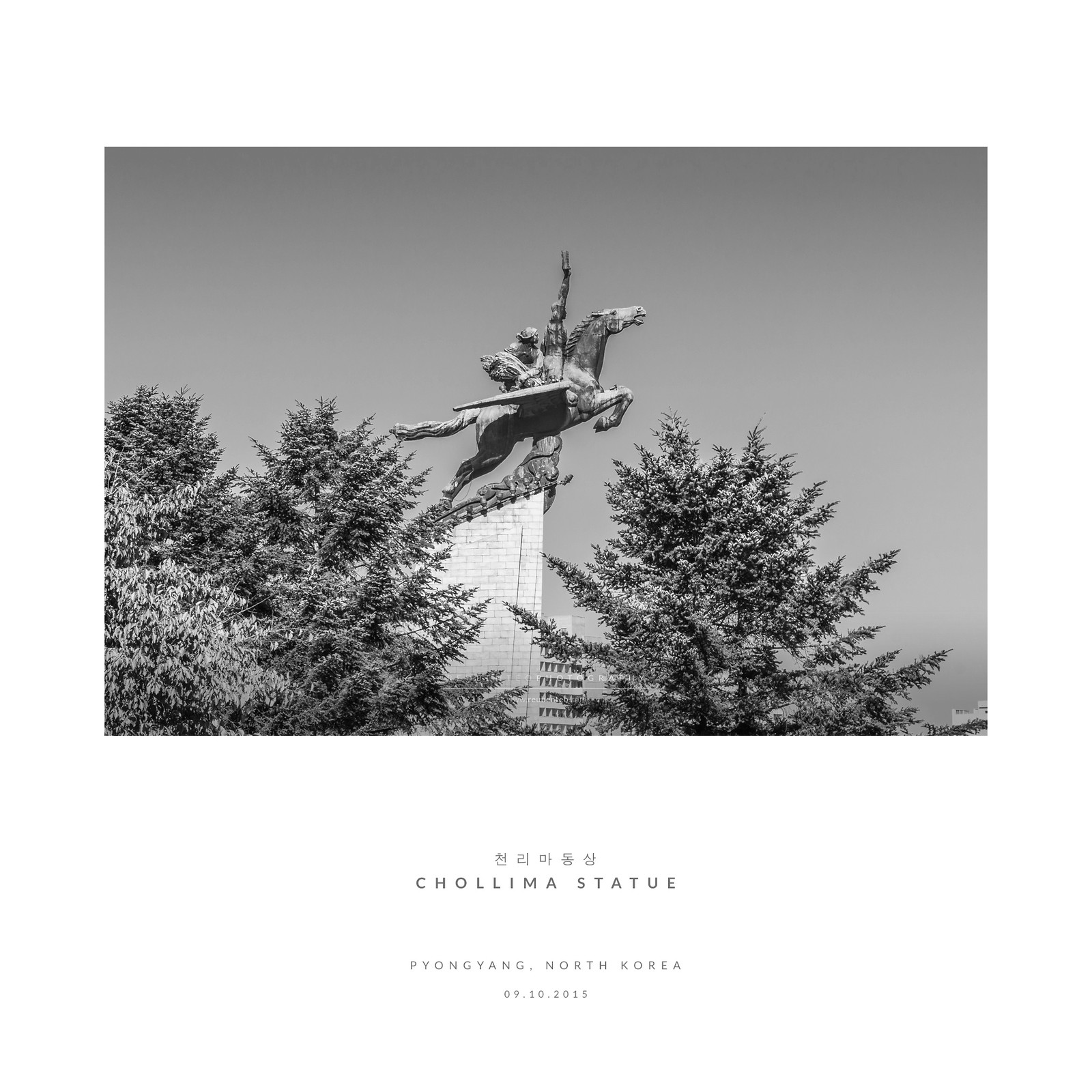
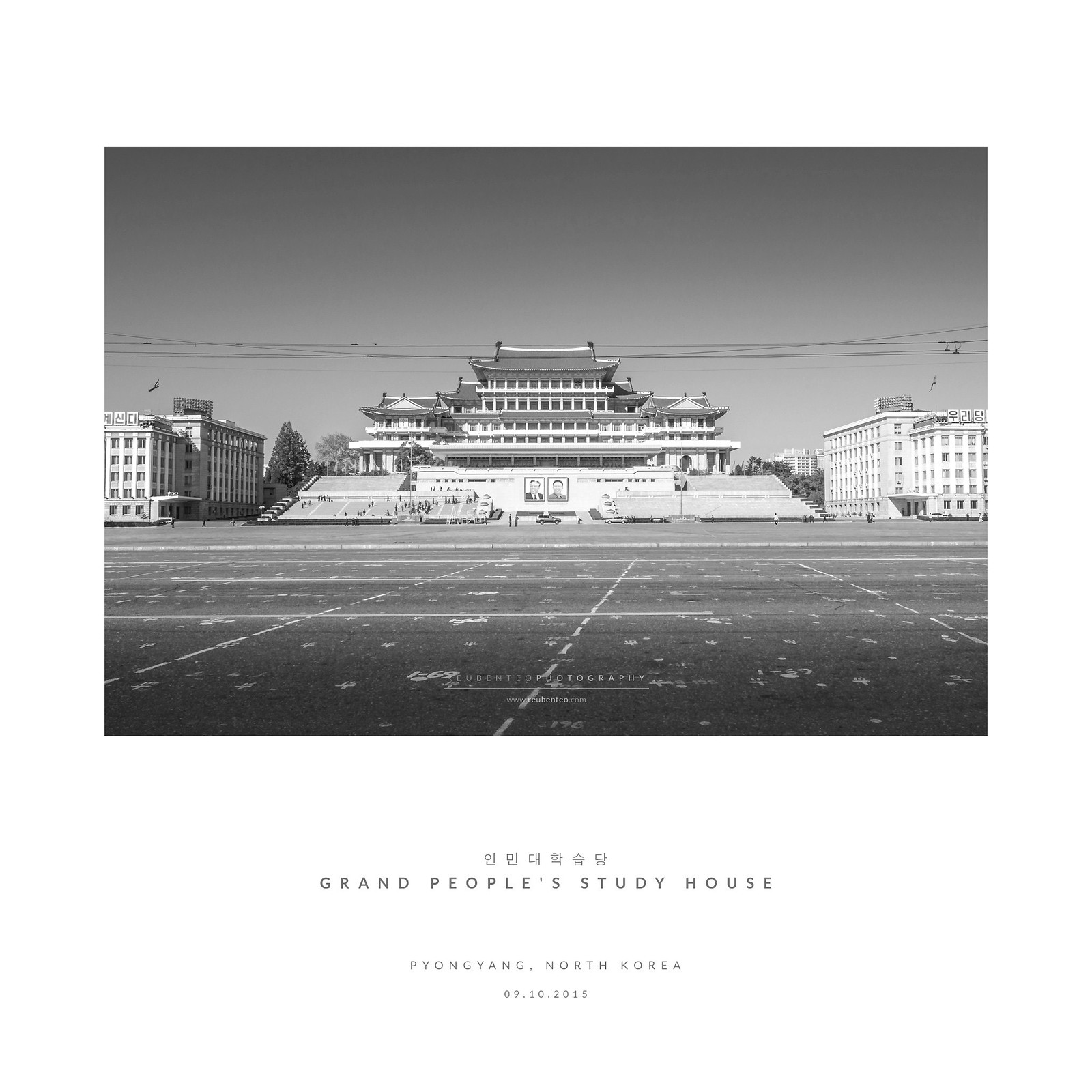
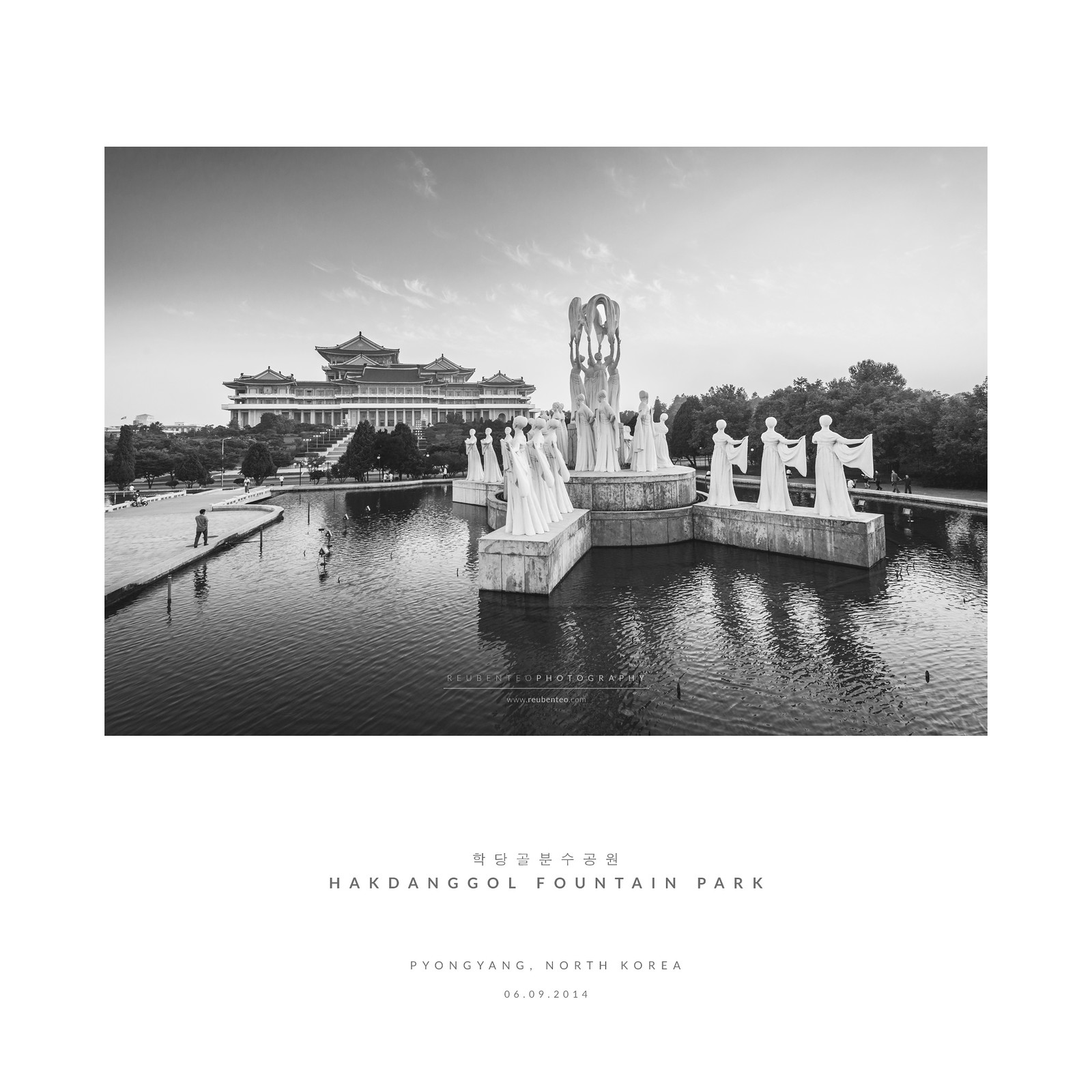
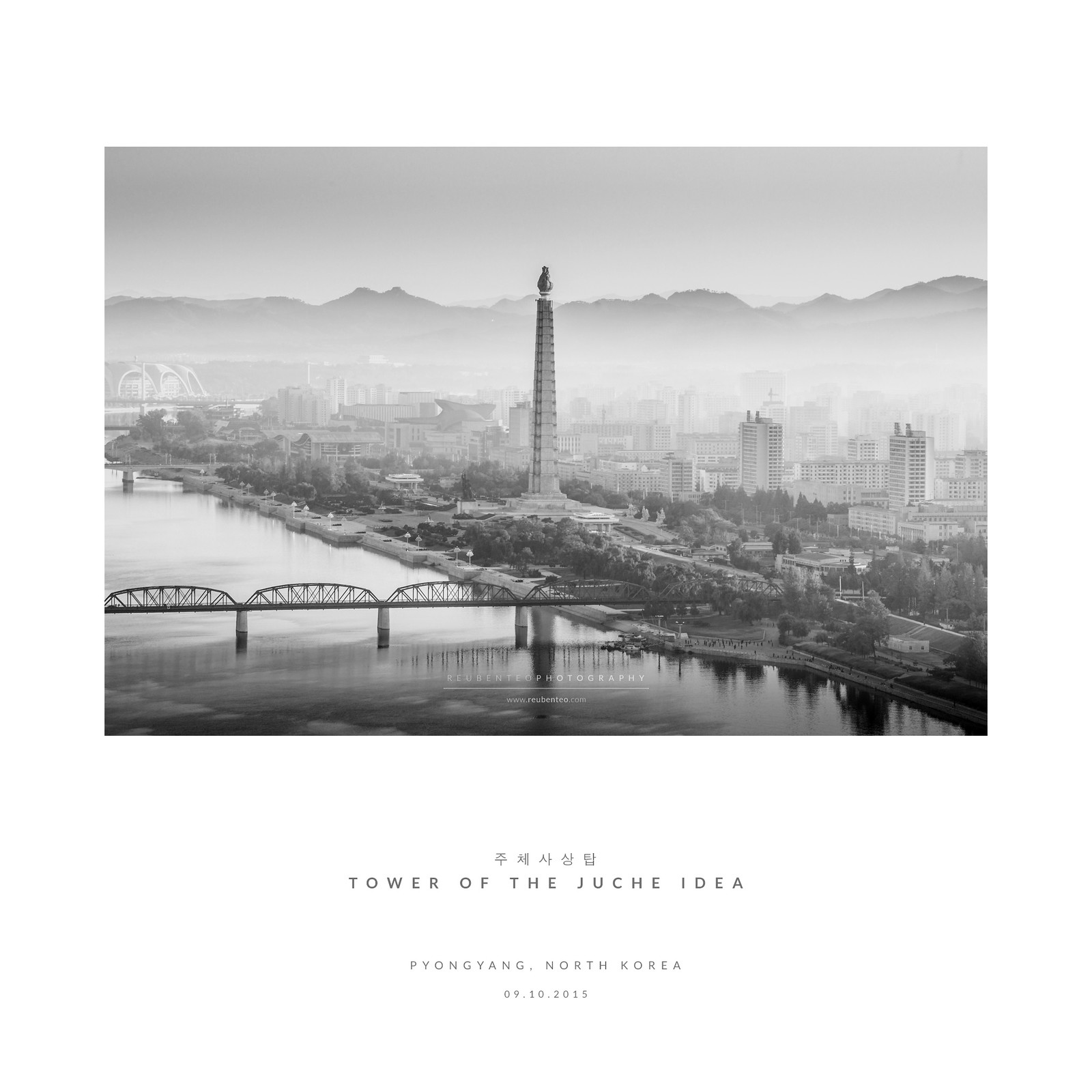
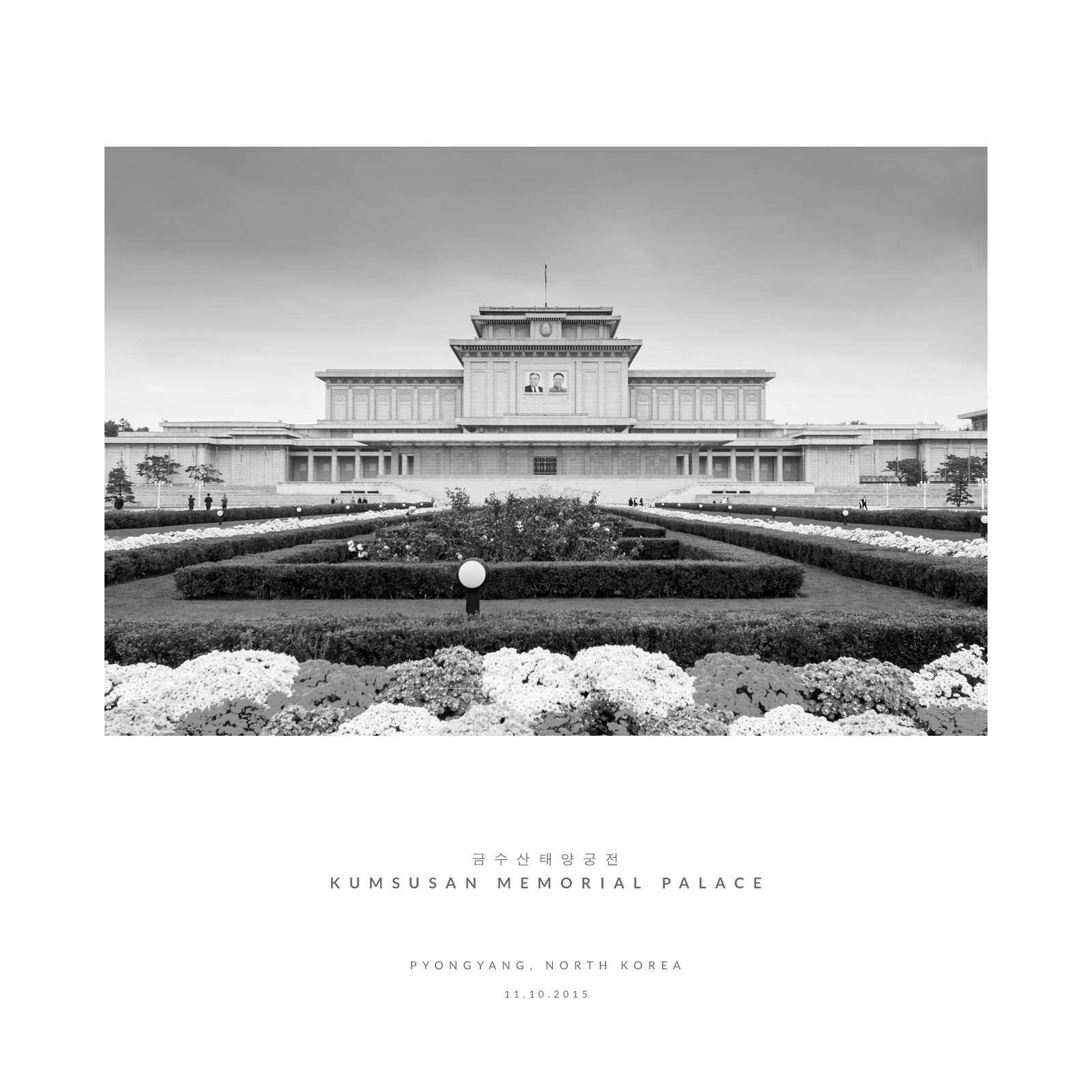
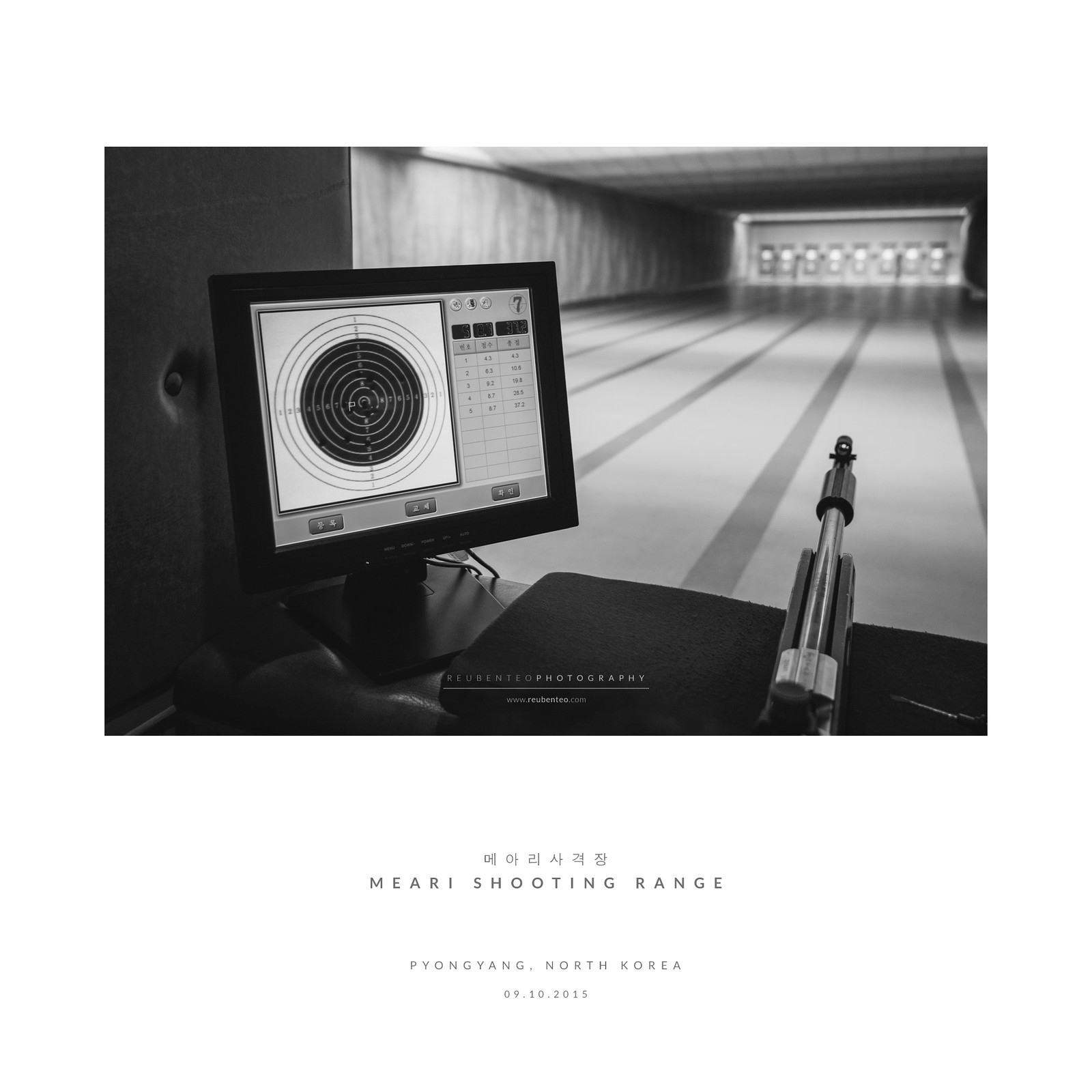
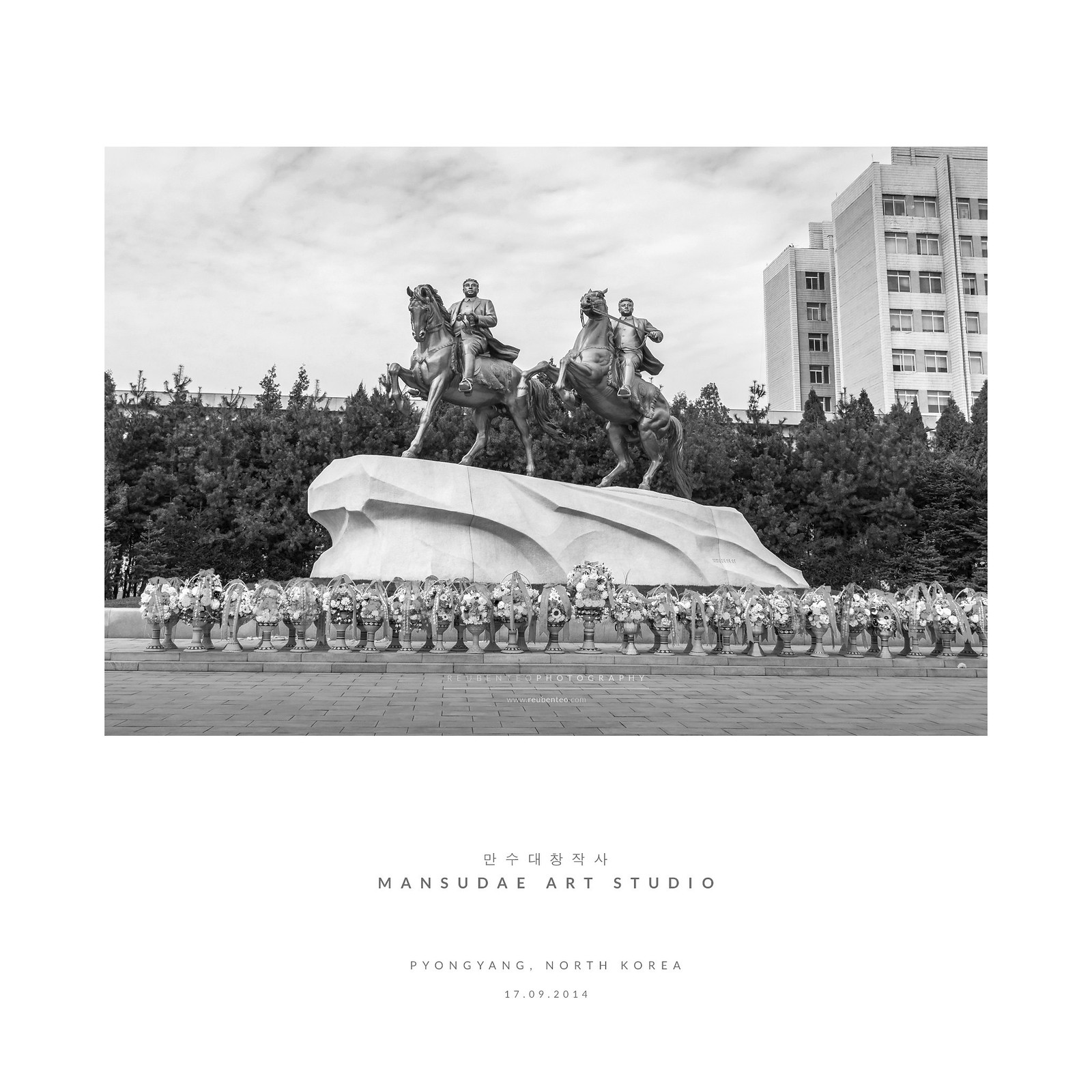
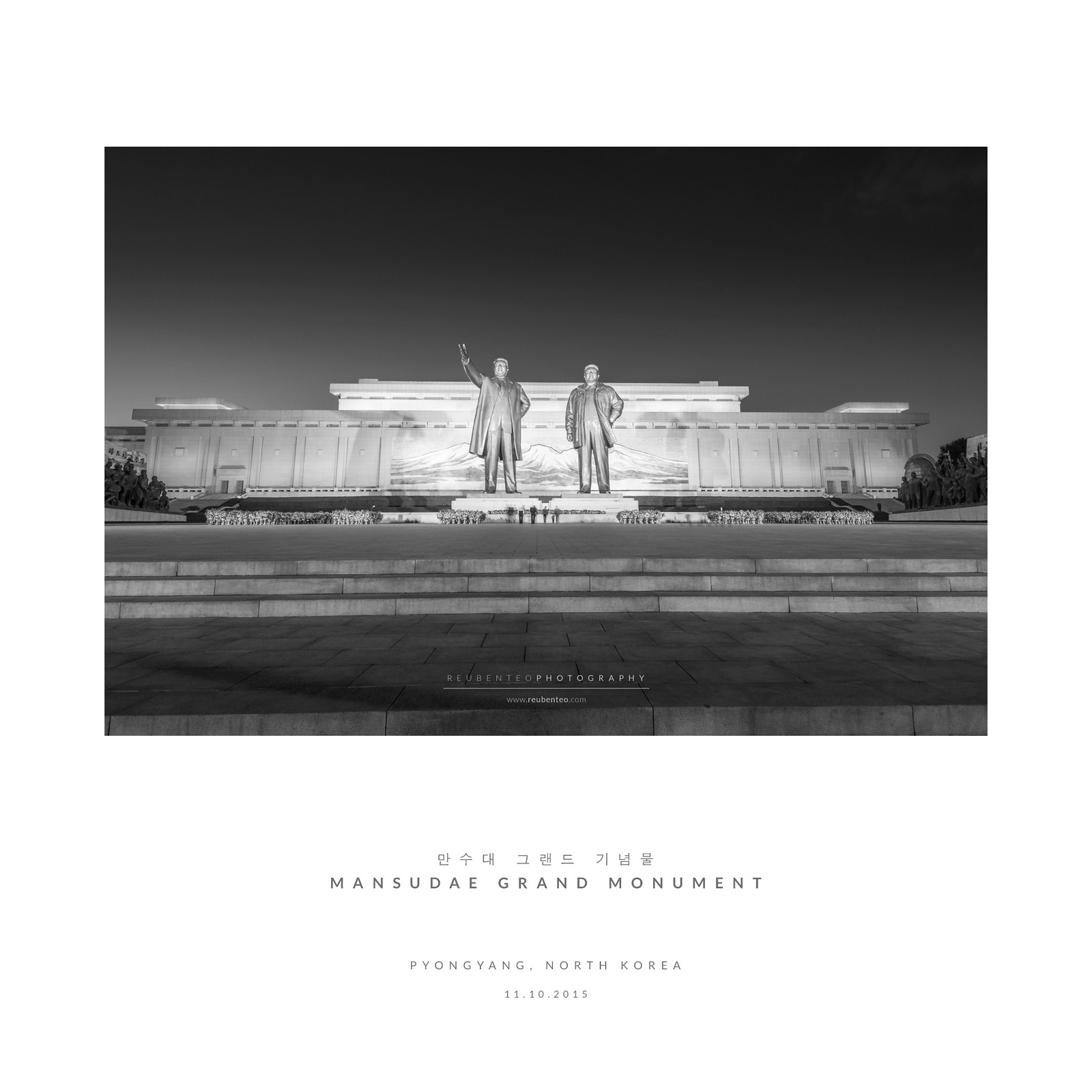
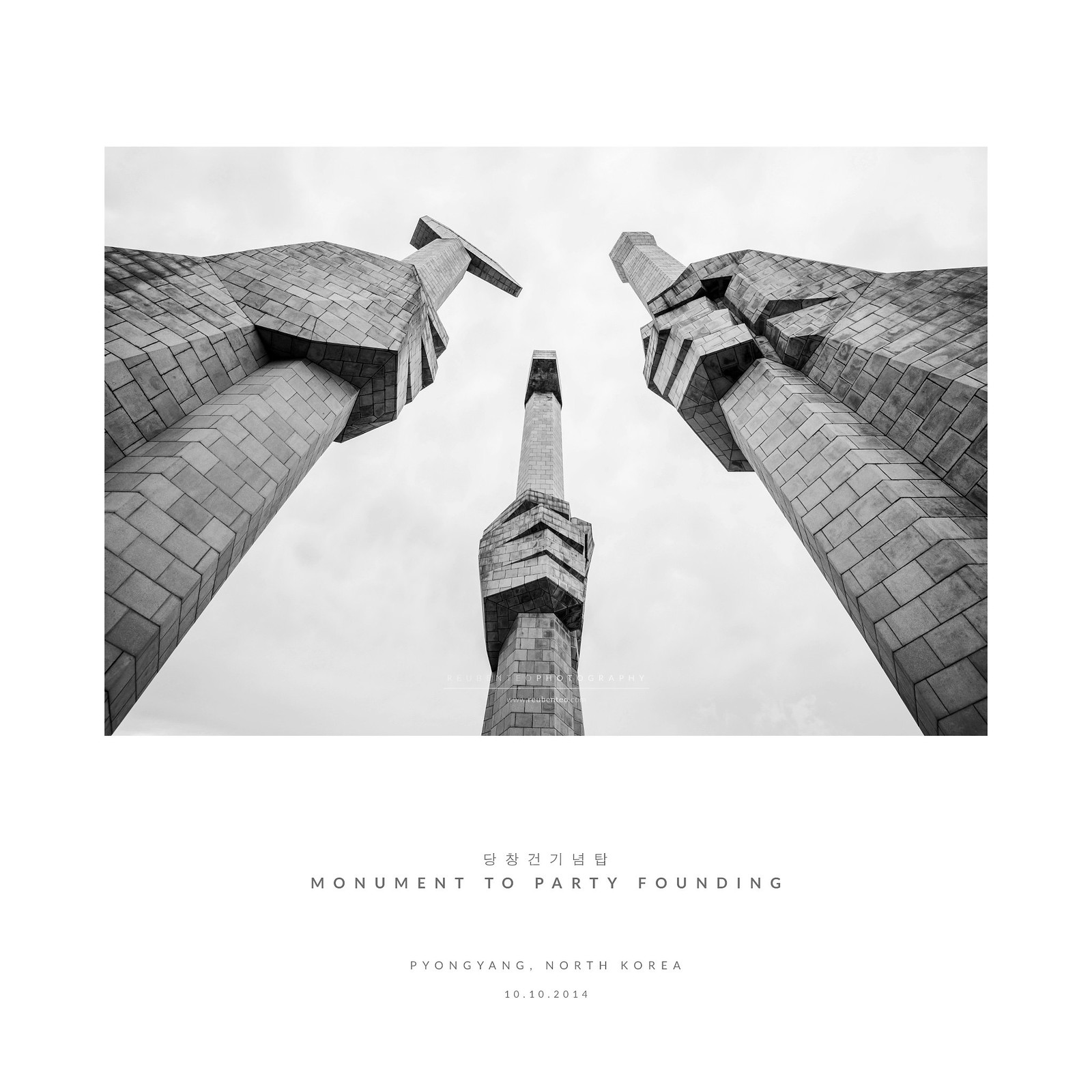
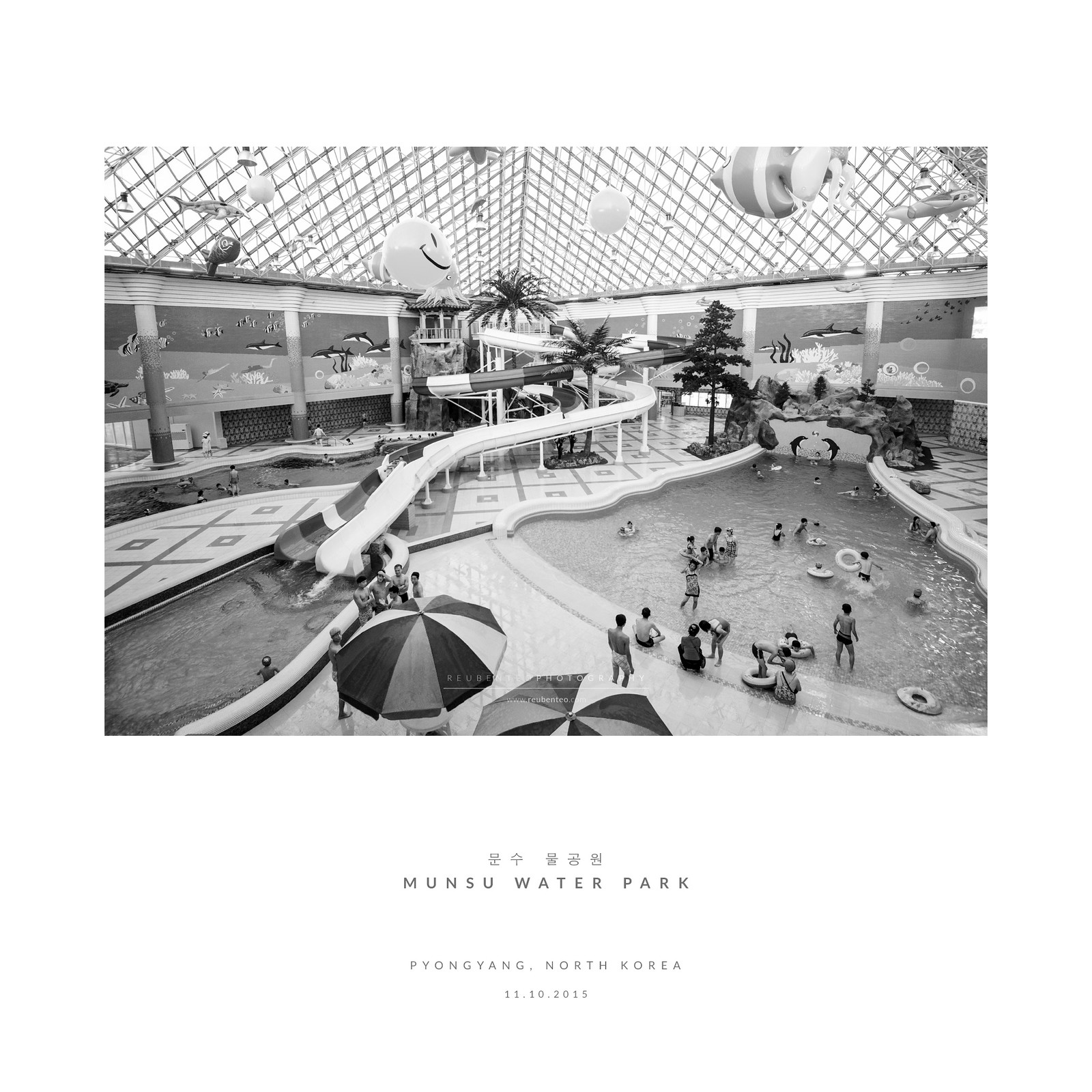
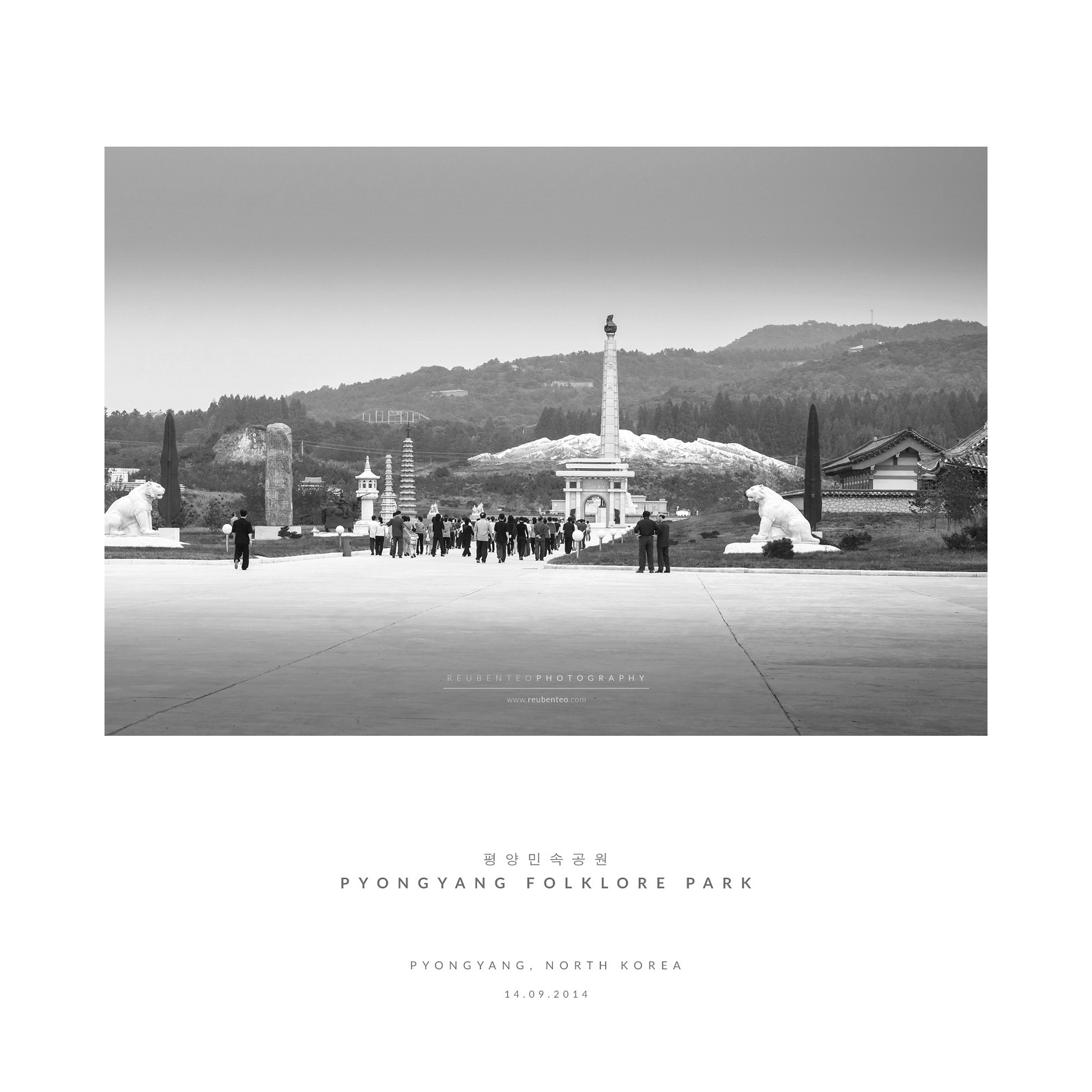
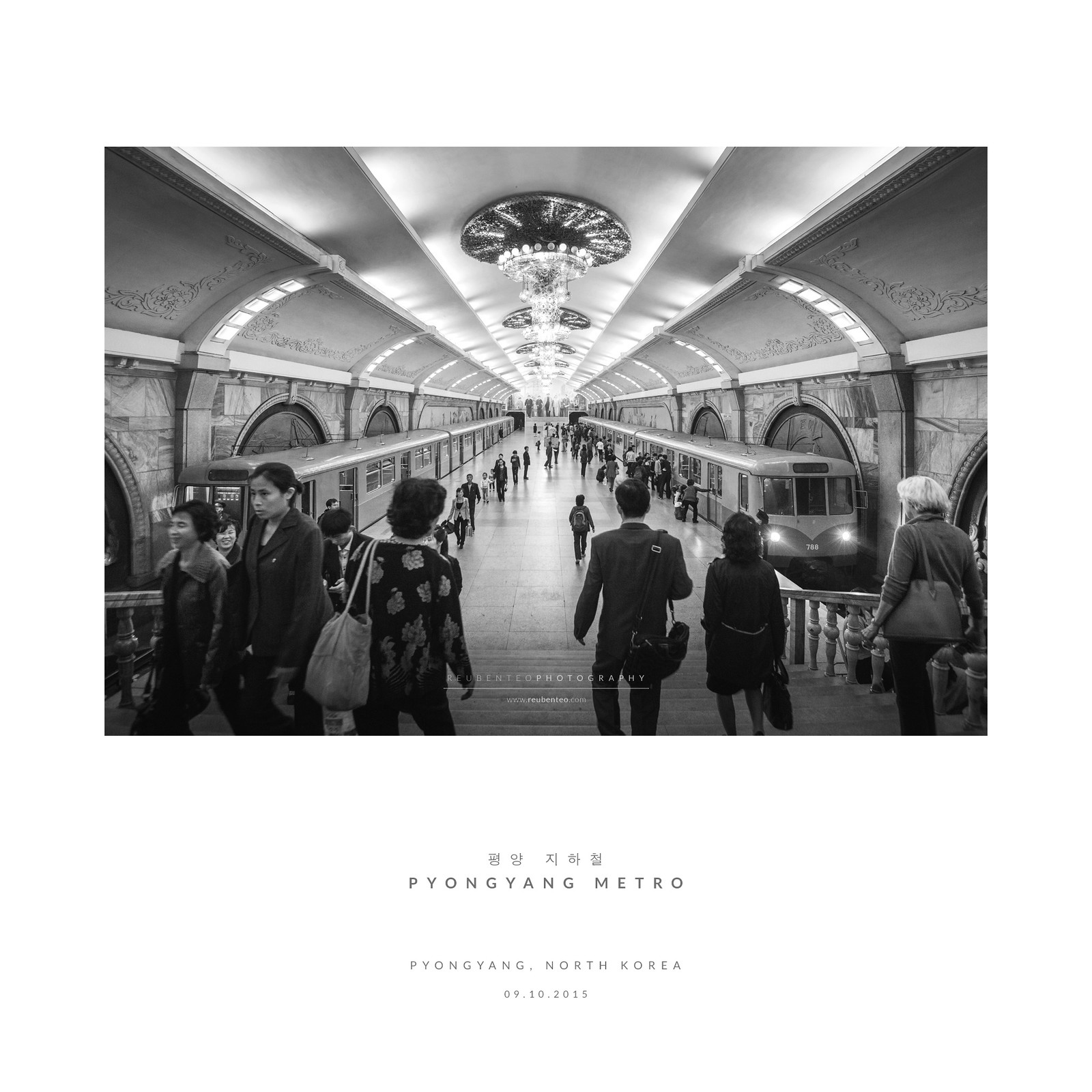
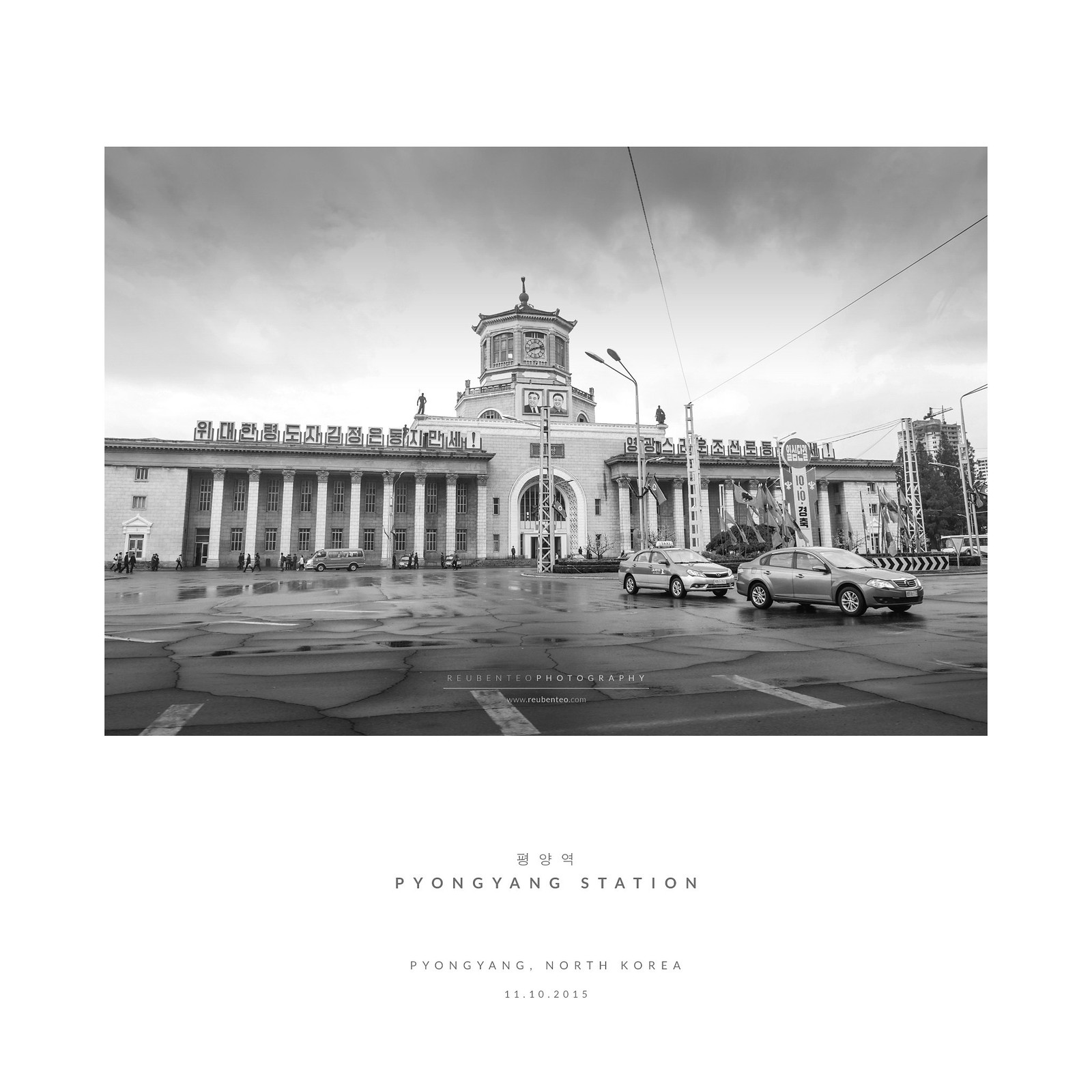
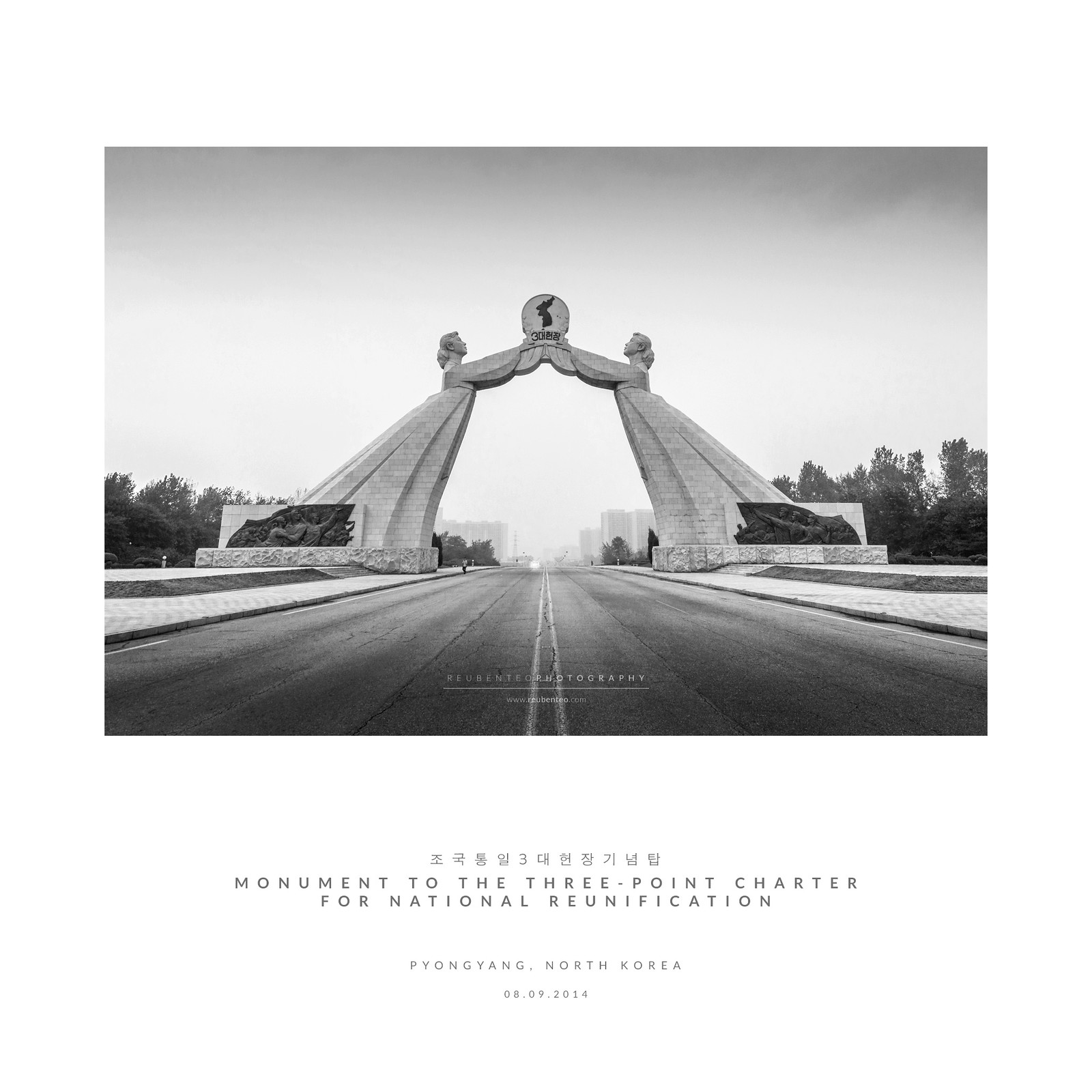
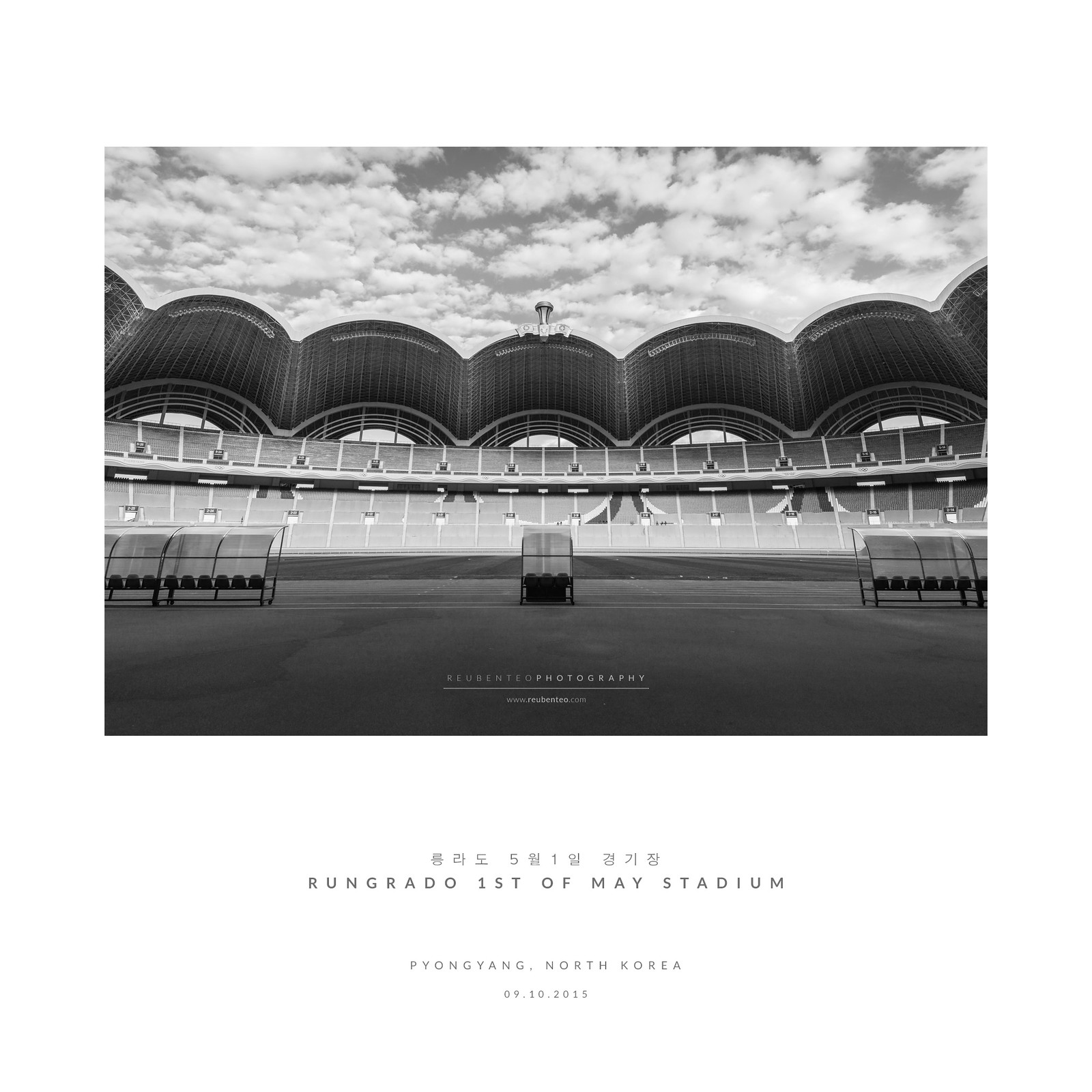
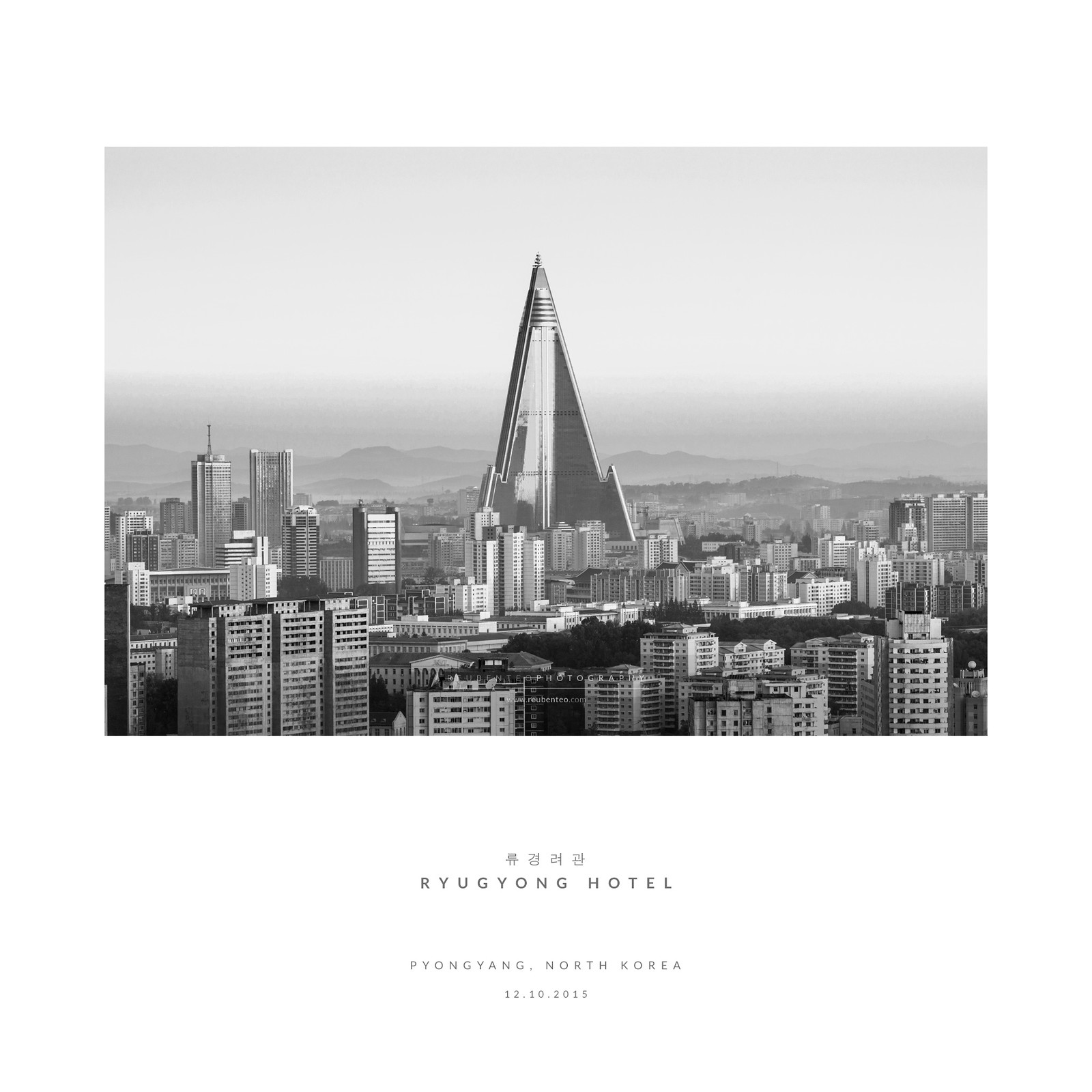
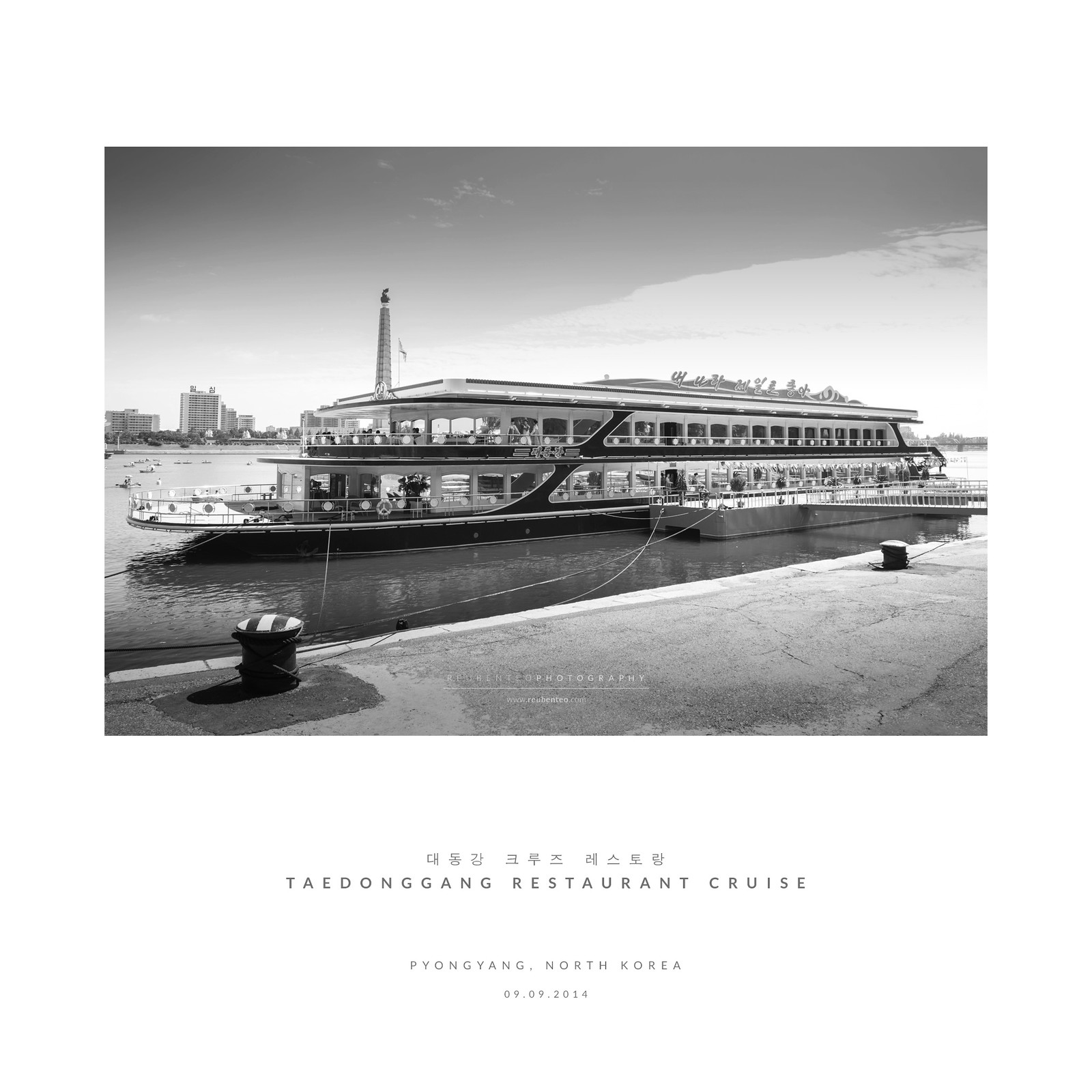
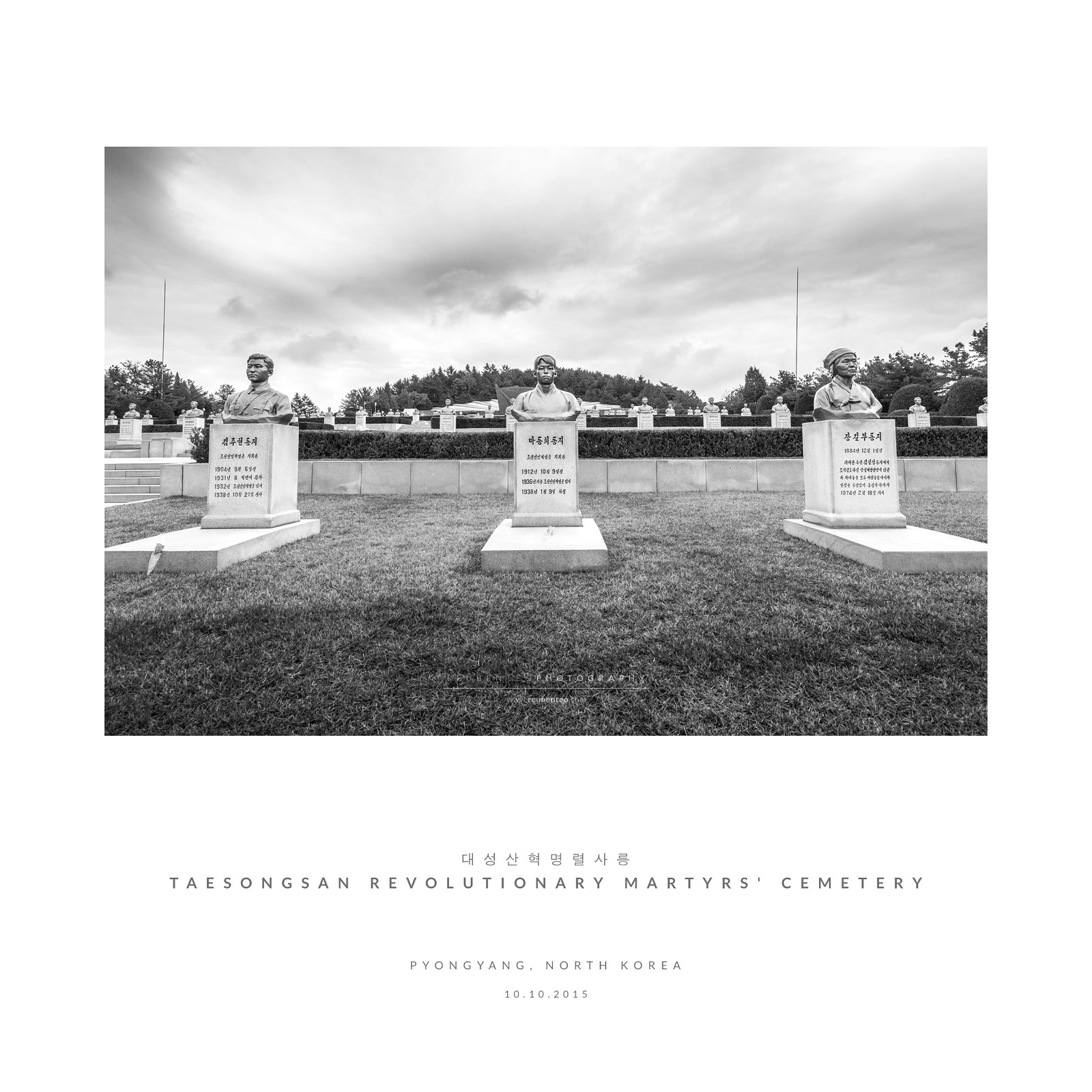
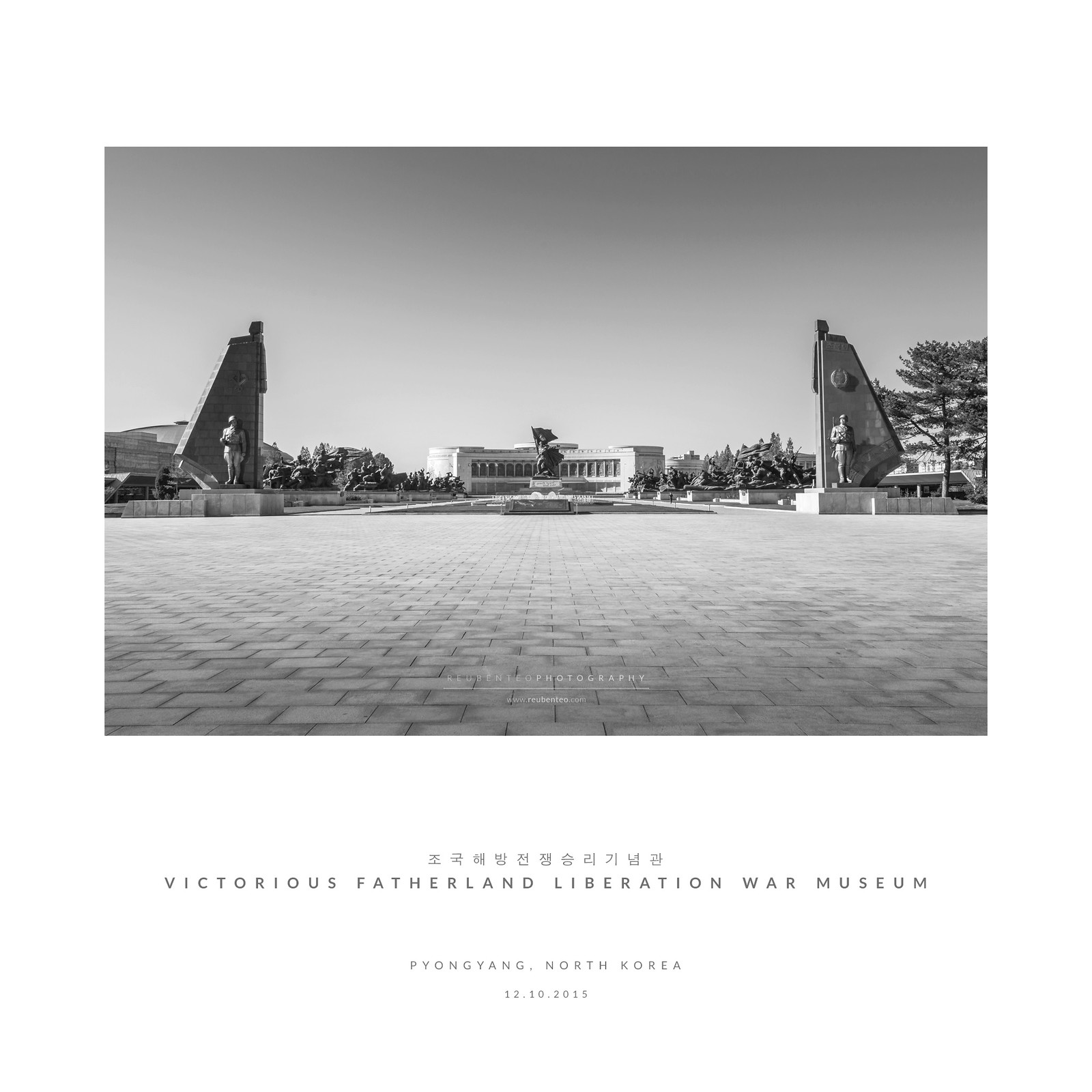
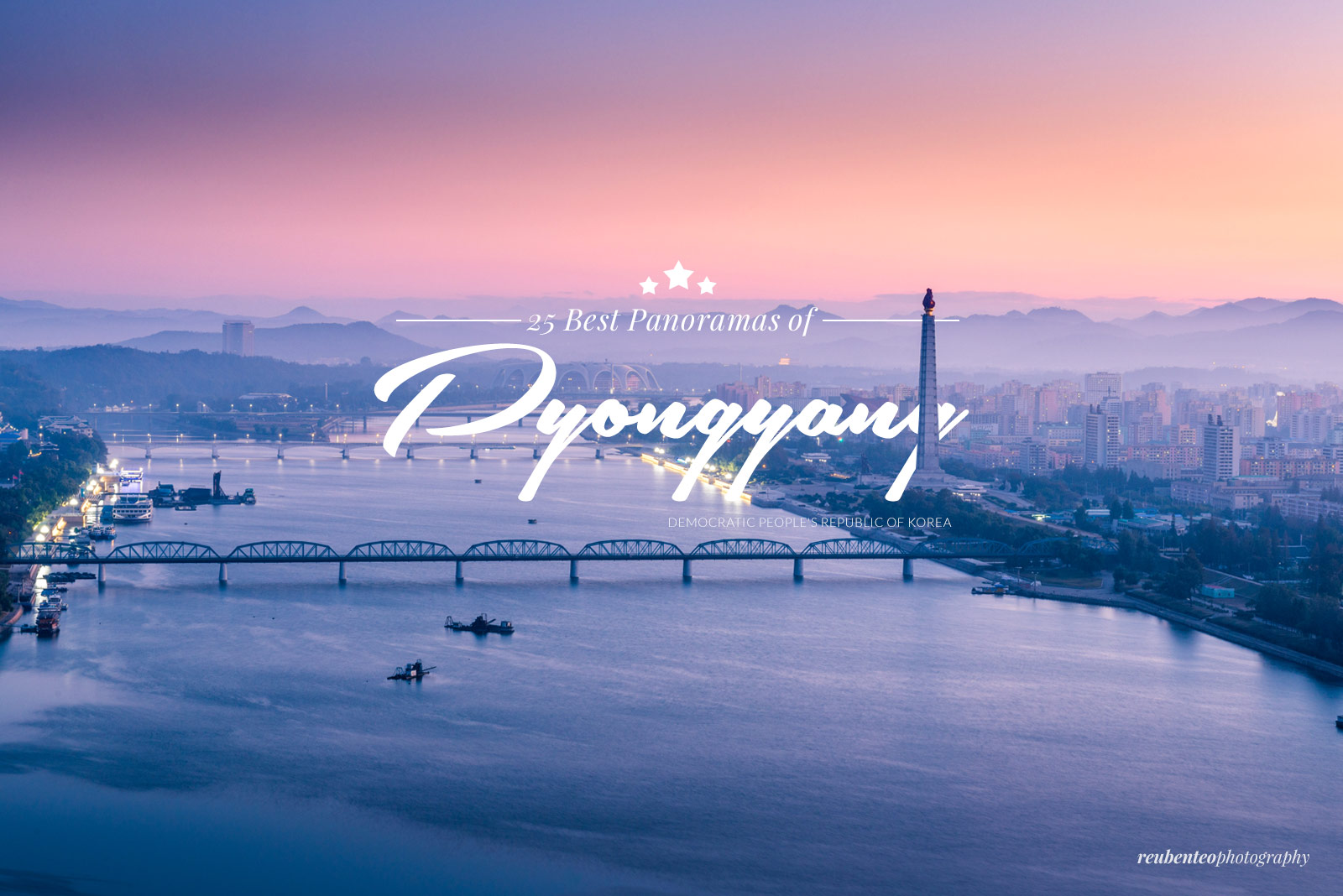
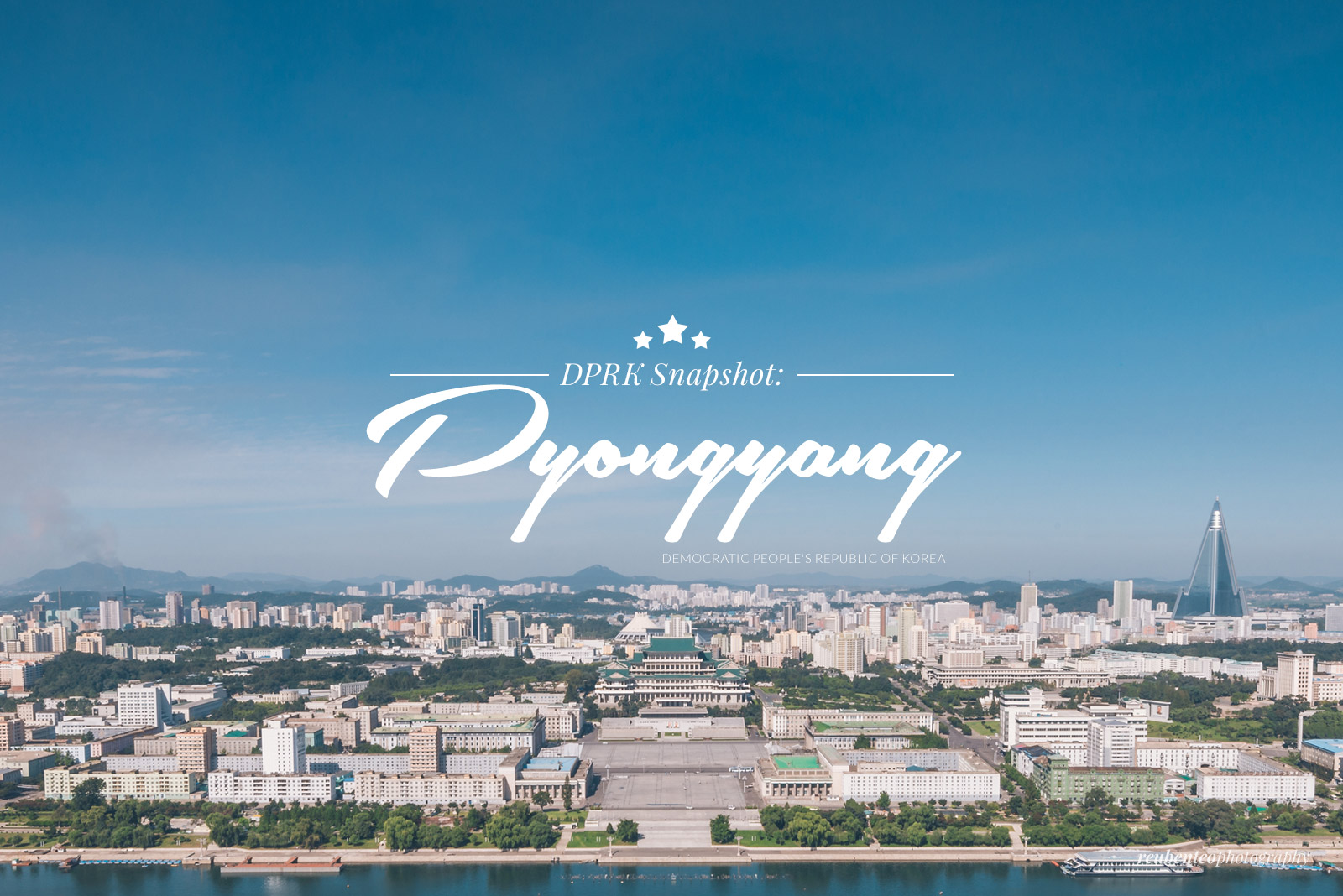
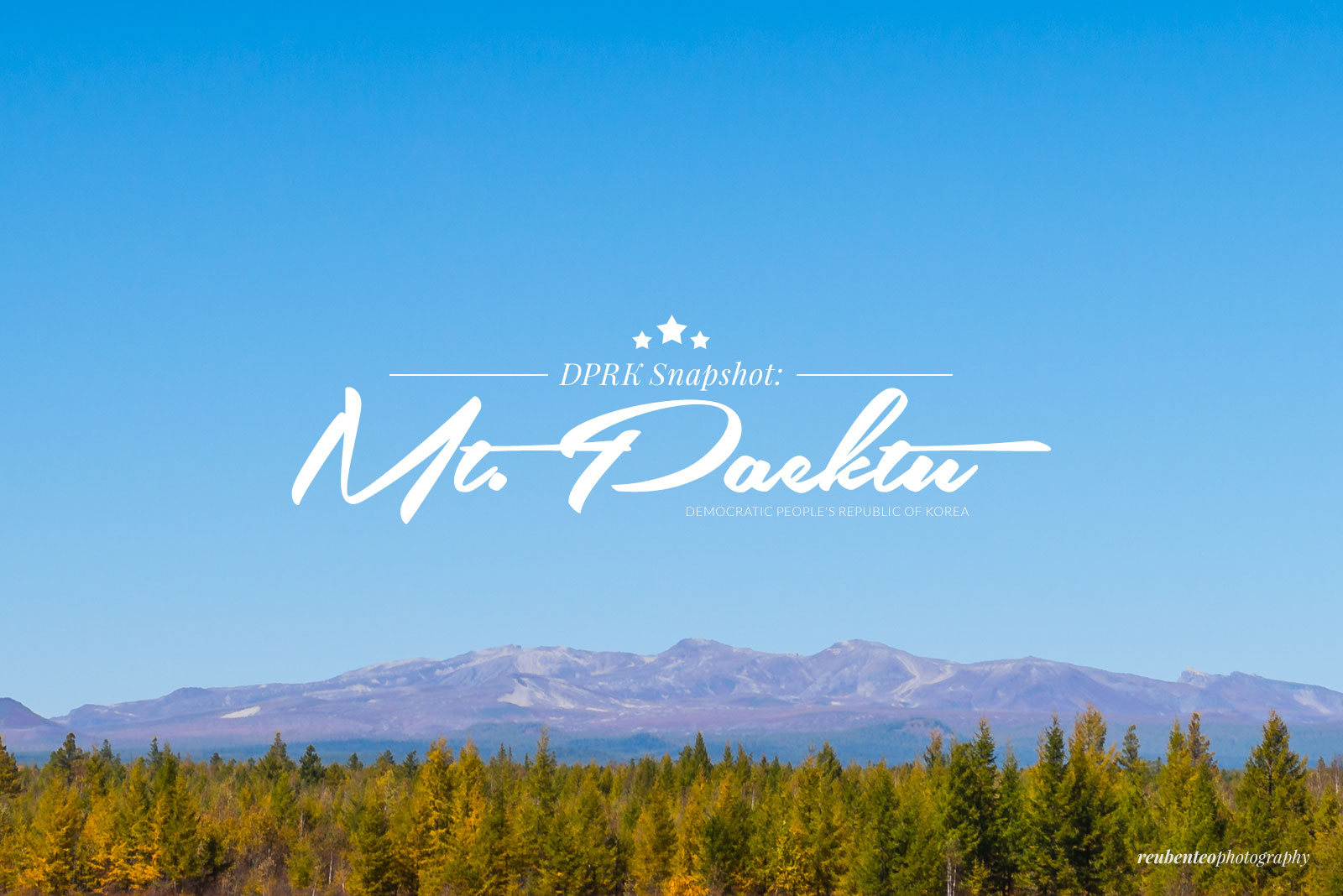
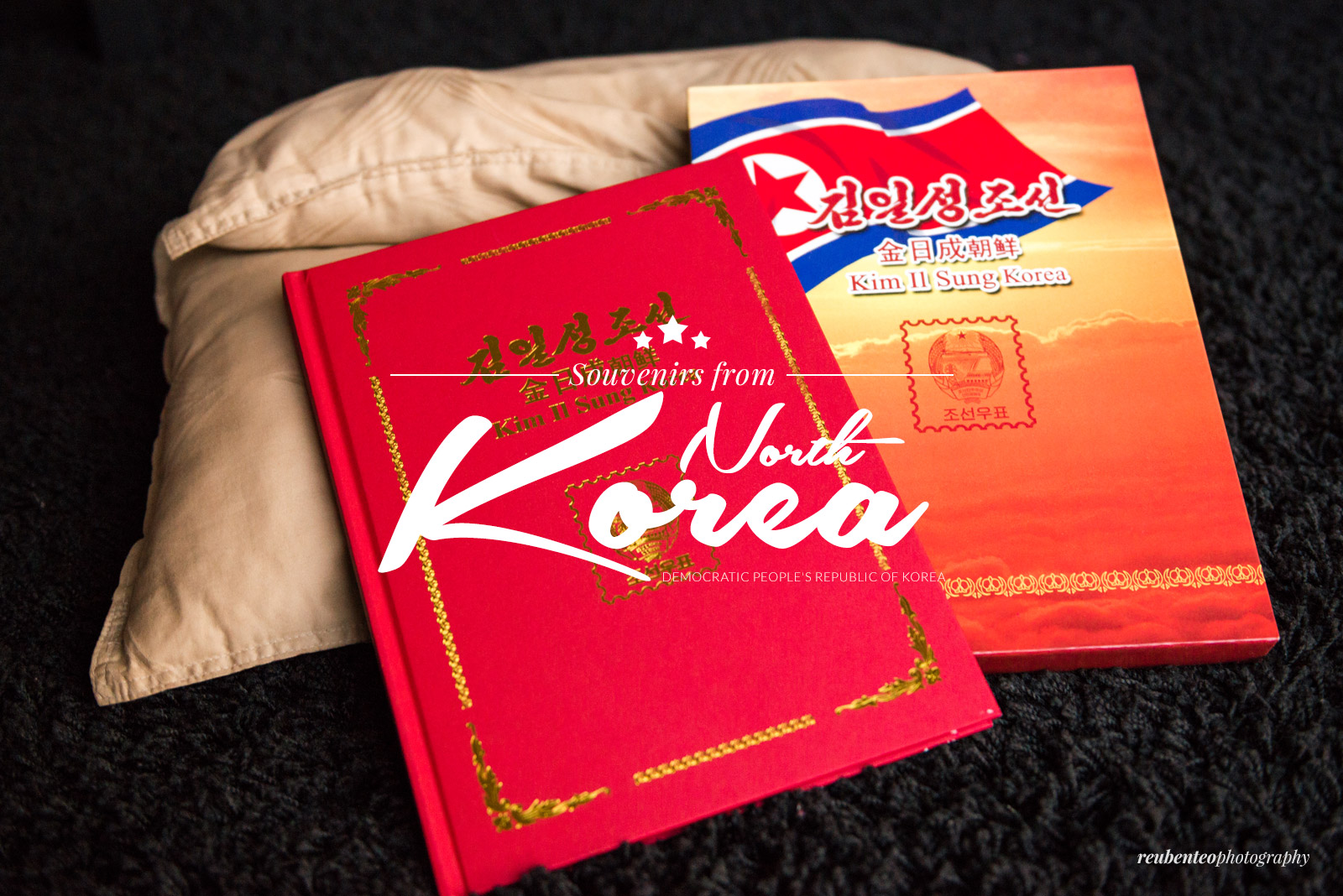
November 12, 2016
Lesley
Really beautiful photos…
November 27, 2016
admin
Thank you very much